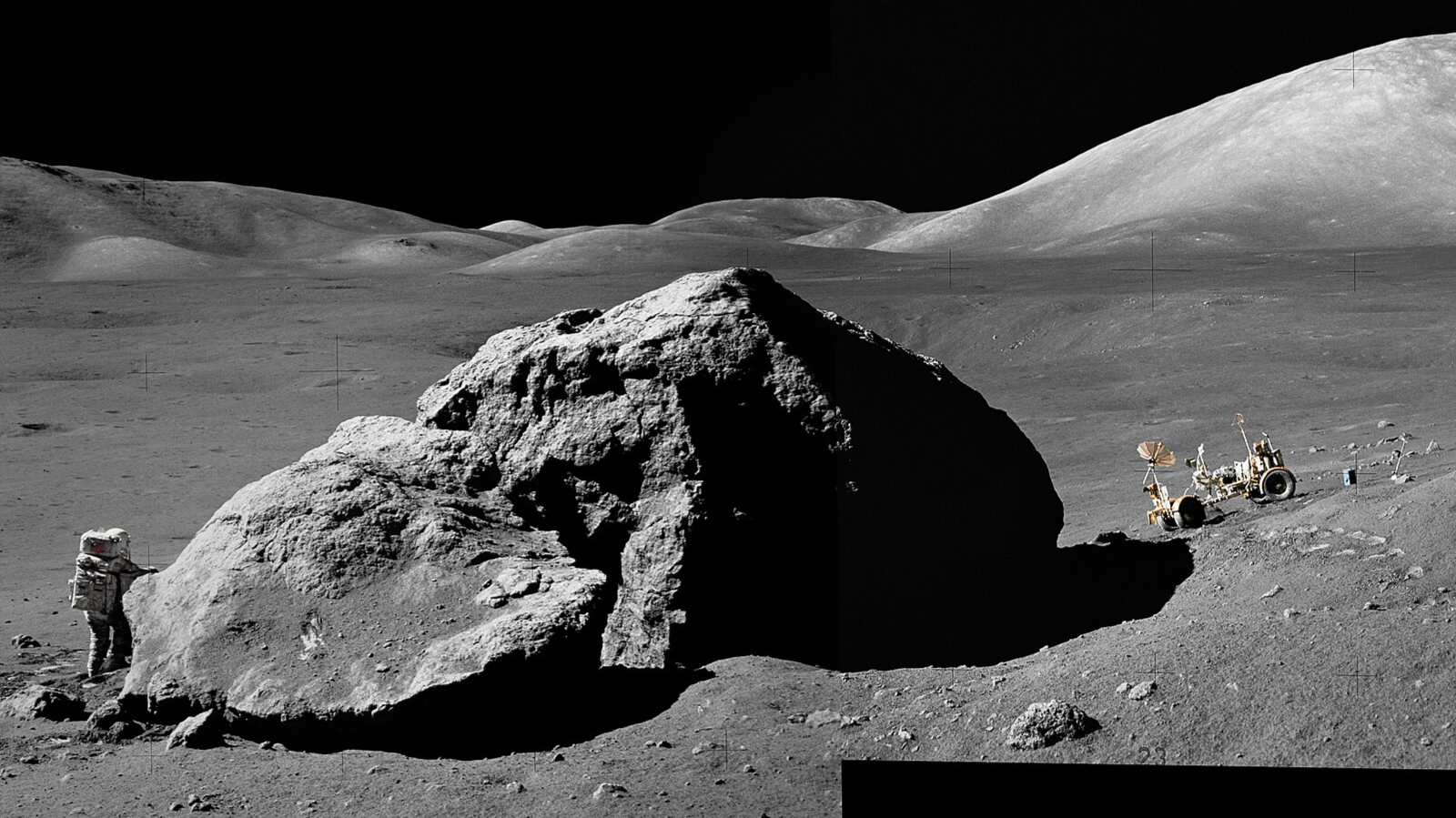Spitzer Space Telescope: Scanning the skies in infrared
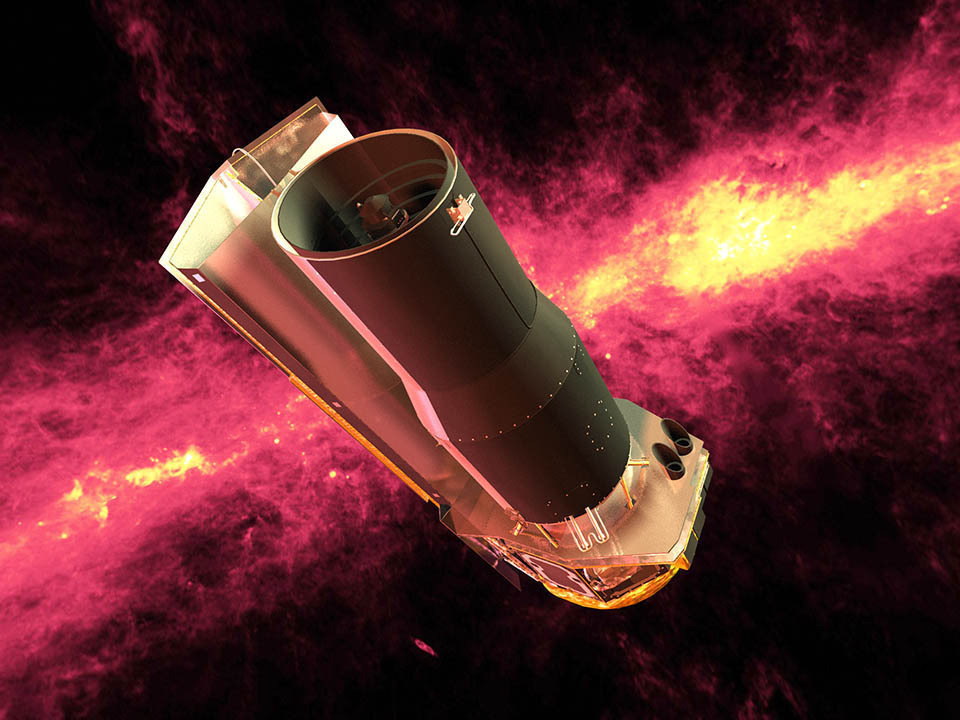
NASA's Spitzer Space Telescope observed the universe in infrared light for more than 16 years, from shortly after its launch in 2003 until its long-extended mission was shut down by flight controllers in 2020. Spitzer was the last of the NASA Great Observatories, which saw four specialized telescopes (including the Hubble Space Telescope) launched between 1990 and 2003. Spitzer continues to orbit the sun, though it's no longer operational.
The goal of the Great Observatories was to observe the universe in complementary wavelengths of light. Spitzer was designed for infrared wavelengths, which normally represent heat radiation from objects. The other observatories looked at visible light (Hubble, still operational), gamma-rays (Compton Gamma-Ray Observatory, no longer operational) and X-rays (the Chandra X-Ray Observatory, still operational.)
Related: See the whirlpool galaxy through the eyes of NASA's 'Great Observatories'
"Spitzer's highly sensitive instruments allow scientists to peer into cosmic regions that are hidden from optical telescopes, including dusty stellar nurseries, the centers of galaxies, and newly forming planetary systems," NASA wrote on the Spitzer website. "Spitzer's infrared eyes also allow astronomers to see cooler objects in space, like failed stars (brown dwarfs), extrasolar planets, giant molecular clouds, and organic molecules that may hold the secret to life on other planets."
Infrared light is given off by any object that has a temperature above absolute zero (zero Kelvins, roughly minus 460 degrees Fahrenheit, or minus 273 degrees Celsius). But our sky filters out many infrared wavelengths, prompting astronomers to seek out opportunities to send up space telescopes to catch the rest.
The telescope is named after Lyman Spitzer Jr., an astrophysicist who, according to a NASA biography, made major contributions in the areas of stellar dynamics, plasma physics, thermonuclear fusion and space astronomy. Spitzer was the first person to propose the idea of placing a large telescope in space and was the driving force behind the development of the Hubble Space Telescope.
Gallery: The Infrared Universe Seen by Spitzer Telescope
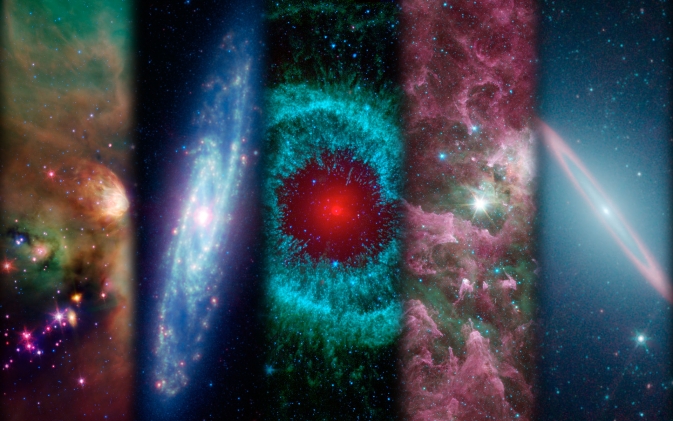
The long road to the launch pad
The first infrared telescopes flew on vehicles such as Lear jets and sounding rockets on brief flights that got above most of the atmosphere, according to NASA's Spitzer website. In 1979, NASA proposed a Shuttle Infrared Space Telescope Facility (SIRTF) that would fly on the space shuttle. At the time, it was assumed shuttle missions would last 30 days and flights would take place every week, an optimistic projection far beyond what the program achieved. Later, it was also discovered that shuttle vapors would interfere with telescope operations.
Meanwhile, NASA, the United Kingdom and the Netherlands collaborated on an infrared telescope called The Infrared Astronomical Satellite (IRAS), which flew for 10 months in 1983 to great success and sparked calls for a follow-up mission. NASA decided to change its SIRTF to a free-flying concept, and changed the name to Space Infrared Telescope Facility (keeping the acronym the same).
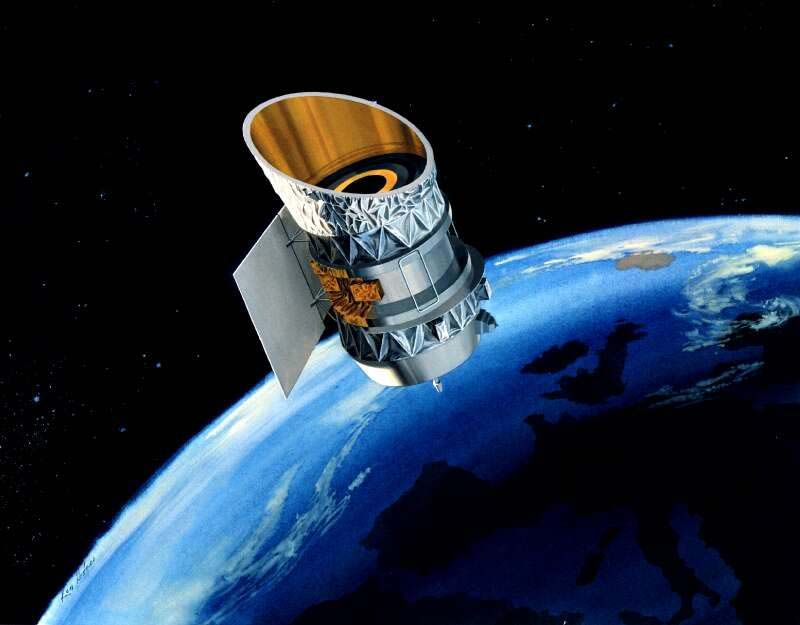
In 1991, a U.S. National Research Council report characterized the 1990s as "the decade of the infrared" in astronomy. The Council recommended that NASA build three infrared telescopes: SIRTF; an airplane-based telescope called SOFIA; and an infrared ground telescope for Mauna Kea, Hawaii. After this report, NASA's budget was slashed. As a result, the SIRTF design went through two major revisions, changing it from a $2.2 billion observatory to one that cost about half a billion dollars to build.
As it was finally built, the Spitzer Space Telescope is about 13 feet (4 meters) long and weighs about 1900 lbs. (865 kilograms). The optical heart of the instrument is a telescope with a main mirror 33.5 inches (0.85 m) across. In flight, the spacecraft's orientation was controlled to keep the telescope in the shade of the spacecraft's large solar panels.
Check out this image from the Hubble telescope, revisited in infrared.
Despite budget cuts and a dramatic redesign, a series of innovative engineering decisions saved Spitzer’s scientific integrity, according to NASA. Among those decisions were a warm launch for Spitzer’s cryogenic instruments and a unique orbit.
The "warm launch" idea is related to a key requirement for an infrared telescope: it must be as cold as possible, so its measurements and images would not be swamped by infrared radiation from the telescope structure itself. During its primary mission, Spitzer's instruments were kept about 5 degrees above absolute zero (-450 degrees Fahrenheit, or -268 degrees Celsius) by a supply of liquid helium. But, in a move that economized on launch operations costs, the helium system did not begin actively cooling the telescope until Spitzer had spent several months in space, cooling "passively" as much as possible by slowly radiating heat to space.
Spitzer's unique orbit is an Earth-trailing path that goes around the sun, not around Earth. Over the years, Spitzer was allowed to drift farther and farther from Earth, so infrared radiation from Earth would not interfere with sensitive observations.
At launch, the telescope had three instruments: an infrared array camera (IRAC), an infrared spectrograph, and a multiband imaging photometer.
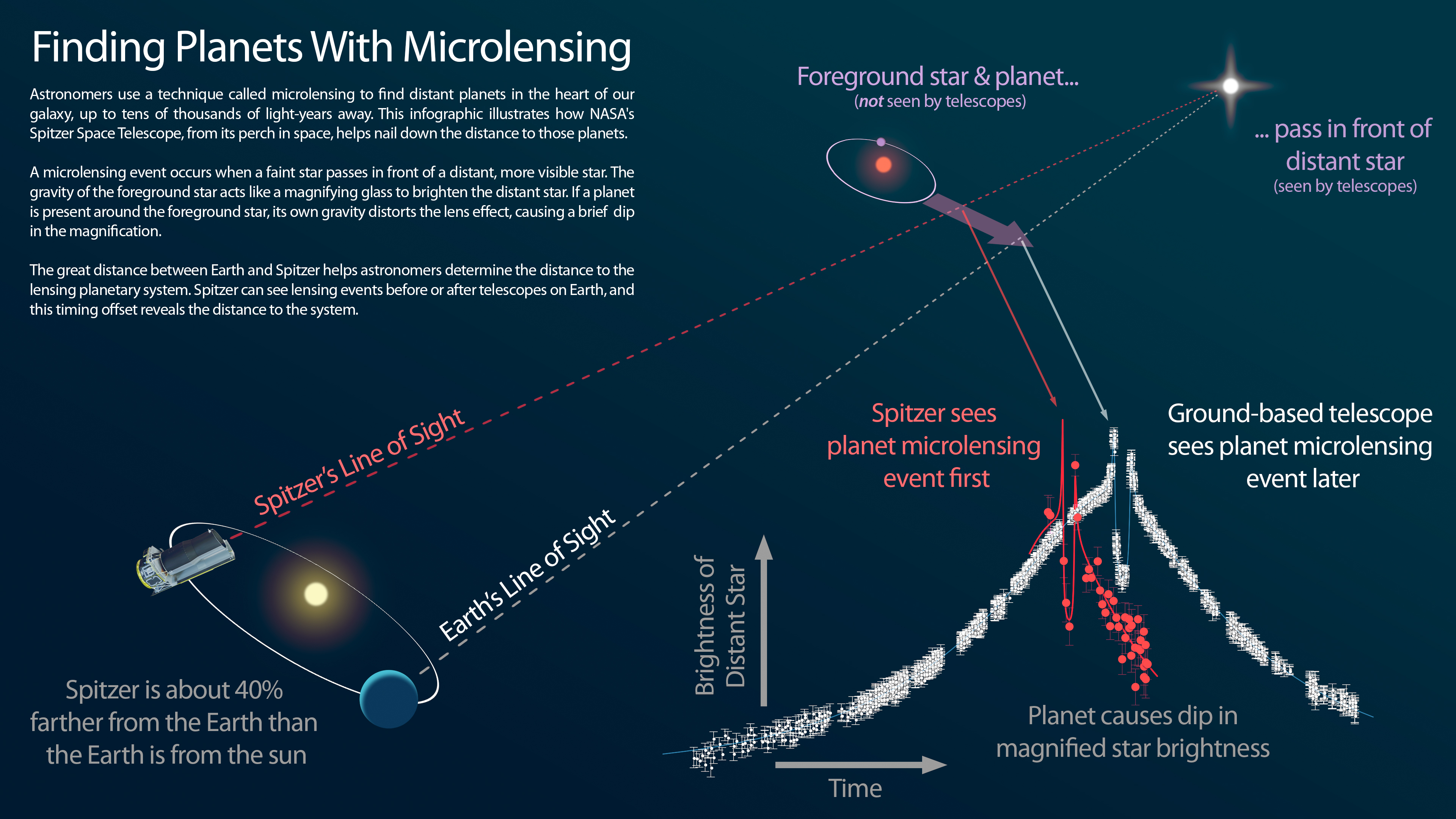
Spitzer's three careers
Spitzer was launched on a Delta rocket (not a Space Shuttle) on August 25, 2003. The telescope was officially renamed from the more technical SIRTF to the Spitzer Space Telescope four months after launch, when it was shown to be working properly.
Spitzer's observational life turned out to have three phases: the "cryogenic" (cold) phase, when the instruments were cooled by liquid helium as originally designed; the "warm" phase, beginning in 2009 after the liquid helium ran out; and the "beyond" phase, from 2016 to 2020.
The mission was originally expected to last two and a half years with the cryogenic instruments functioning. By using the liquid helium coolant economically, engineers stretched the cryogenic phase to five and a half years.
"If it only lasted two and a half years we would have met our mission goals. We were ecstatic with five," said Spitzer Science Center manager Sean Carey in a public lecture.
The liquid helium finally ran out in May 2009. Spitzer was back to passive cooling. Instrument temperatures went up a few degrees, to around 30 kelvins (243 degrees below zero in Celsius, 406 below in Fahrenheit). But even while "warm," Spitzer could still use two channels of its infrared camera to observe targets such as asteroids in our solar system, dusty stars, planet-forming disks, gas-giant planets and distant galaxies, according to a NASA press release issued as the warm phase began. In addition, Spitzer was still able to see through the dust that permeates our galaxy and blocks visible-light views.
In 2016, NASA granted Spitzer another two-and-a-half-year mission extension, kicking off what was termed the "Beyond" phase. With Spitzer now far behind Earth in its orbit, the telescope had to be turned at new angles to keep sufficient sunlight on its solar panels while maintaining communications with Earth and keeping the instruments as cold as possible. This situation required engineers to rewrite safety procedures originally designed to protect Spitzer from the sun's heat. During this phase, astronomers aimed Spitzer at targets it wasn't originally designed to study, such as the black hole at the center of the Milky Way, galaxies in the early universe, and exoplanets.
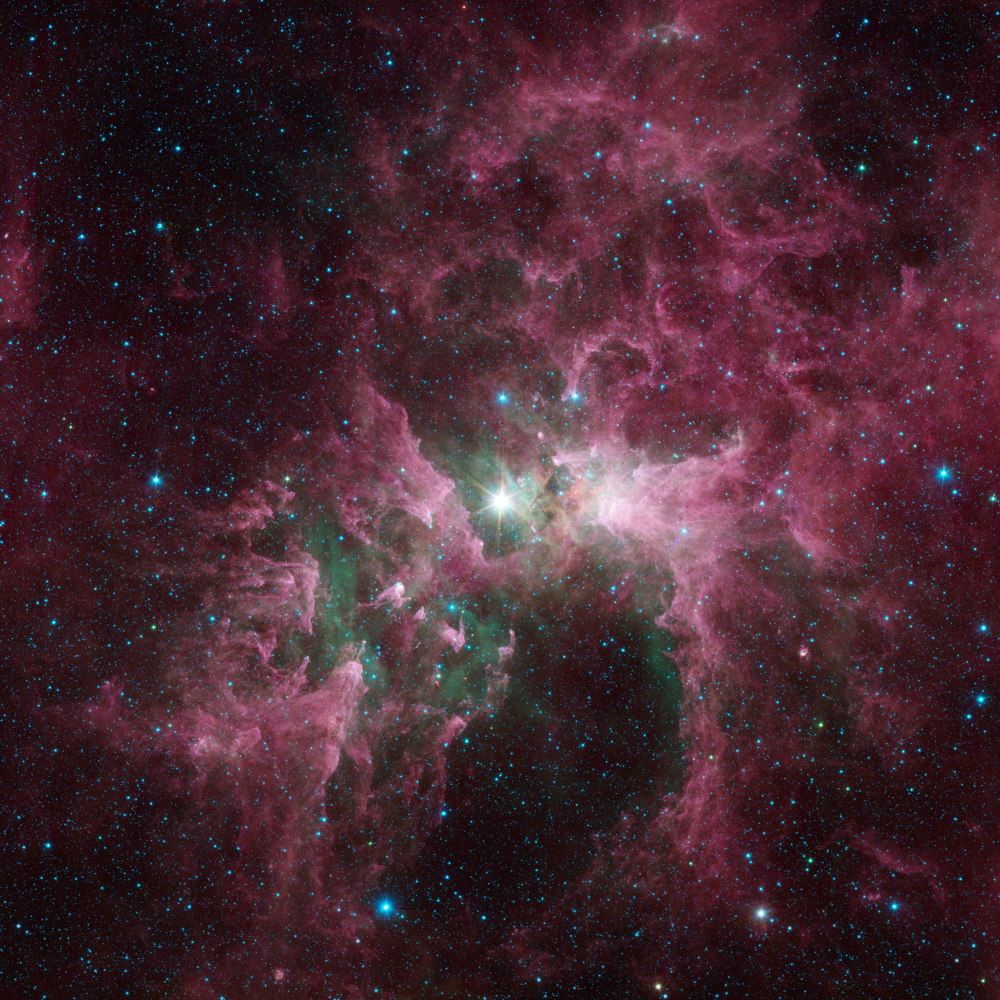
"The science now, I would argue, in some ways is better because people's ideas are better, because we're learning more every year about the universe," Carey said during the "beyond" phase.
NASA originally planned to end Spitzer's mission in 2018, anticipating the launch of the James Webb Space Telescope (JWST). That instrument would have been a leap forward in infrared observing technology. When JWST was postponed, Spitzer was extended, but finally reached a point that was deemed by managers to be too far beyond what it was designed to do. The mission team ended science operations and put the spacecraft into permanent hibernation on Jan. 30, 2020.
Major discoveries
Spitzer's observations extended from within our own solar system to near the limit of the observable universe.
Early in its mission, Spitzer watched Comet Tempel 1 while a NASA space probe called Deep Impact was intentionally smashed into the comet. The impact threw comet material into space, and Spitzer's instruments analyzed its composition. The hit revealed a surprising mixture of clay, carbonates and crystallized silicates, according to a 2005 press release from NASA. Because those chemicals are thought to have formed in warm environments, like those near the sun, their presence in a chilly comet was unexpected, and could have been the result of early solar system mixing.
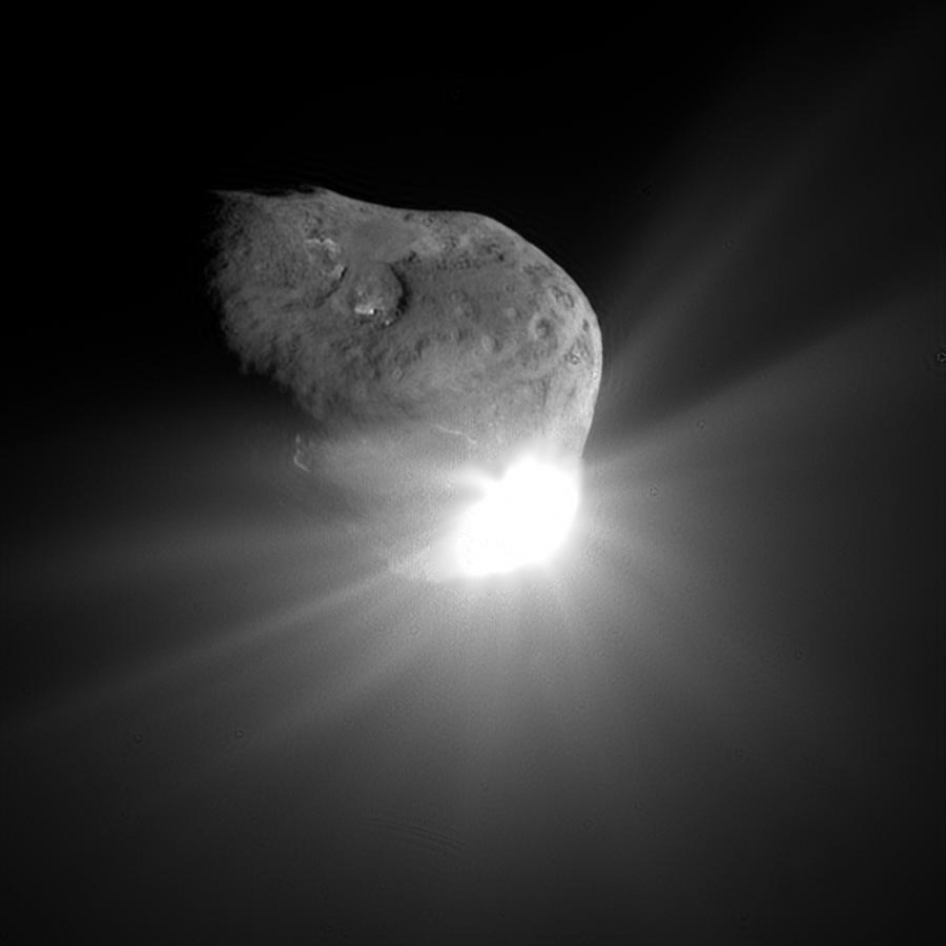
In 2009, Spitzer found an enormous ring around Saturn that had remained hidden before then. The ring does not reflect enough visible light to be seen from Earth, but it is warm enough for Spitzer's infrared detectors to see it. The ring particles fill a zone extending from 3.7 million to 7.4 million miles (6 million to 12 million kilometers) from the planet, and likely come from a small, distant moon of Saturn called Phoebe, according to NASA.
One of Spitzer's most beautiful products was a multi-gigabyte panoramic image of our Milky Way galaxy released in 2014. The narrow strip, covering the entire band of the Milky Way around the sky, shows dusty areas of star formation structured as tendrils and bubbles. Since Spitzer's infrared camera can look through dust clouds to see stars, the image includes more than half of all the stars in the Milky Way, including stars on the far side of the galaxy, NASA stated in an accompanying press release. The 360-degree view is composed of over 2 million snapshots taken by Spitzer over ten years, beginning in 2003.
Spitzer studied many galaxies beyond the Milky Way. Among the highlights were a striking new view of the disk in the iconic "Sombrero" galaxy, and, with the Hubble Space Telescope, observation of GN-z11, the most distant galaxy so far discovered, seen by light it emitted when the universe was only three percent of its current age.
Spitzer was not designed to look at extrasolar planets, but it turns out that the telescope has also been quite useful in letting us look at solar systems other than our own.
Read more: Spitzer's greatest exoplanet discoveries.
"The telescope was the first to detect light coming from a planet outside our solar system, a feat not in the mission's original design," NASA wrote in a 2013 press release. "With Spitzer's ongoing studies of these exotic worlds, astronomers have been able to probe their composition, dynamics and more, revolutionizing the study of exoplanet atmospheres."
This even includes mapping climate patterns on a smaller super-Earth, a discovery the Spitzer team announced in 2016. What's more, Spitzer confirmed a very close rocky planet — only 21 light-years away — in 2015, again showing the range of capabilities the telescope is capable of.
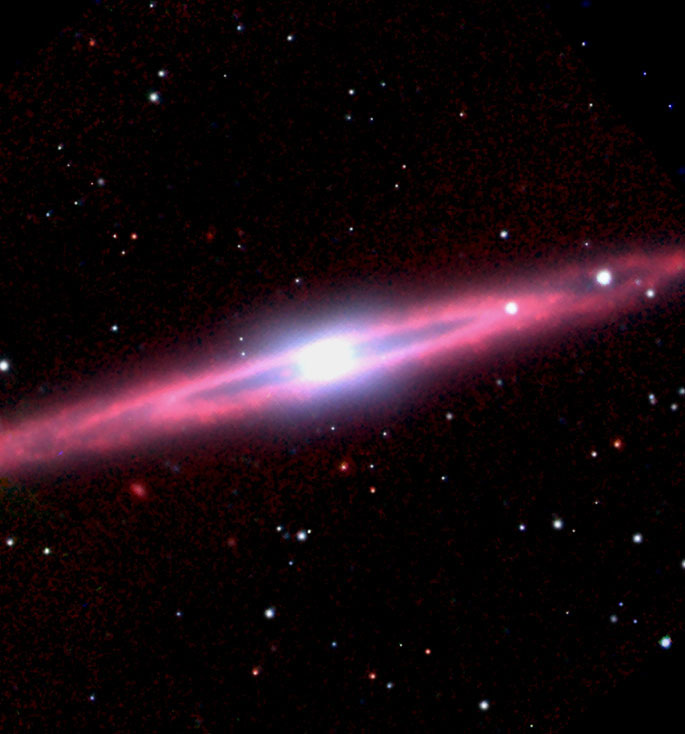
Since Spitzer was far from Earth, one of its strengths was the ability to stare at one target for many hours without being blocked by Earth. This helped in understanding the exoplanet system called TRAPPIST-1, where Earth-based telescopes had already found three planets. By watching the system for 500 hours over 21 days, Spitzer was able to gather enough data to show that the system contains not just three but seven planets. By carefully timing the orbits of the planets, Spitzer could measure their masses and densities, which give clues to their composition. Thanks to Spitzer, "we now know more about the TRAPPIST-1 system than any other solar system except our own," said Varoujan Gorjian, Spitzer Research Scientist at the Jet Propulsion Laboratory in a lecture at the end of the mission.
Check out what we know about the TRAPPIST-1 system.
Though Spitzer's observing days are over, astronomers continue to announce new findings based on data it collected. For example, in October 2020, NASA announced that Spitzer observations had been used to measure the temperature and atmospheric composition of the exoplanet LTT9779b, a rare type dubbed a "hot Neptune," that had only recently been discovered by another space telescope, NASA's Transiting Exoplanet Survey Satellite (TESS).
Additional resources:
- Visit the official JPL Spitzer website.
- Spitzer engineers recall how they came to join the Spitzer team.
This article was updated on November 3, 2020 by Space.com contributor Steve Fentress.
Join our Space Forums to keep talking space on the latest missions, night sky and more! And if you have a news tip, correction or comment, let us know at: community@space.com.
Breaking space news, the latest updates on rocket launches, skywatching events and more!

Elizabeth Howell (she/her), Ph.D., was a staff writer in the spaceflight channel between 2022 and 2024 specializing in Canadian space news. She was contributing writer for Space.com for 10 years from 2012 to 2024. Elizabeth's reporting includes multiple exclusives with the White House, leading world coverage about a lost-and-found space tomato on the International Space Station, witnessing five human spaceflight launches on two continents, flying parabolic, working inside a spacesuit, and participating in a simulated Mars mission. Her latest book, "Why Am I Taller?" (ECW Press, 2022) is co-written with astronaut Dave Williams.
